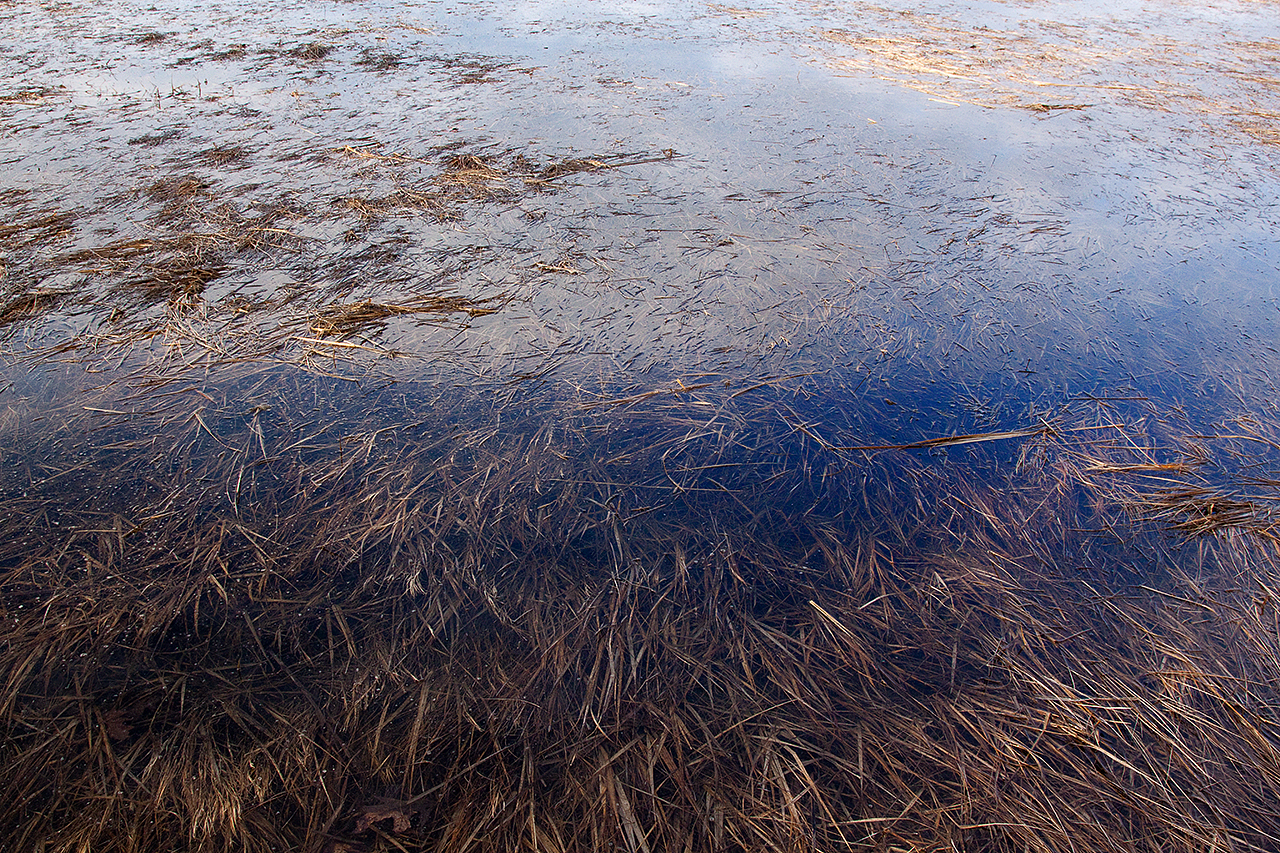So the time comes to update the blog. You know when you mean to do something, and then procrastinate, and it just becomes so big it feels impossible? Yeah… That’s about it.
This blog will now serve as a record of my experience as an MFA candidate at the Art Institute of Boston. My experience started just about a month ago, January 3rd, on the evening of orientation for my first residency. I arrived a wide-eyed, naïve undergrad, and emerged a stress-out, neurotic grad student. It only took 10 days.
I came into the residency with no expectations, an open mind, thinking that my work could go in any direction, and with very little preparation, research, or communication with other students. I described the work in my incoming artist statement as being meditative and reflective, or rather it was intended to be meditated and reflected upon. Many critiques, seminars, and artist lectures later, I think I was able to sort through my work, and my intentions. What I now realize is that I was making art in a naïve place, ignorant of what any other artists were doing. I was largely unaware of any historical or contemporary art movements. I remain so–to a certain degree–but I see my illiteracy now, and I see a path to understanding.
In a lot of ways, my photography is a solution to the terror of making work. My life is ruled by fear. Photography, in a sense is a medium to separate fear from myself and to address it. The fear itself is totally absent from the work. Rather than interact with or engage a viewer (which is the supposed intention), the work stands quite static and does little to challenge the viewer. In some ways too, the aesthetic distracts from any other engagement; it’s very easy to take the work at face value (and even if I’m lucky enough to get the attention of a committed viewer, the work doesn’t stand up to scrutiny).
So. What to do about it?
1) Get a mentor.
I am grateful to be connected to many excellent Boston area photographers who helped steer me toward my mentor for this semester, Christine Collins. We met about a week ago, and we have another meeting scheduled for this coming weekend: a short time to try to implement a few of the many ideas floating around in my head, but enough to make it happen. Everyone told me she would be tough and hold me accountable for my work – exactly what I need! I’m looking forward to our meeting this weekend.
2) Make work.
a. I completed a project for a gallery show at The Nave Annex in Somerville that was 100% conceptualized during the residency, specifically during a seminar on the intersection of art and gifts, led by Cesare Pietroiusti. The body of work is called PRICE(LESS), and the idea behind the work will be posted in the next blog entry.
b. I’m making time-based work. Not really sure how this is going to play out, but it’s interesting. Going to head out to the marsh Thursday to experiment with this some more.
c. I’m working in color. This isn’t new, but I haven’t made serious color work in about eight years.
d. I’m making portraits. Again, not exactly new, but also, not a serious endeavor in the past. I’m going to try my hand at making some bromoil prints. I researched and attempted this alternative process about eight years ago and was thwarted. It’s always intrigued me, so I’m going to give it a shot. I hope to get some quick feedback on it so I can know whether or not I’m headed in the right direction.
e. I’m making tintypes. Hopefully starting in March.
The only question that stands is: Is this enough? Is this enough of a departure? Is this enough of a strain? Am I uncomfortable enough? Am I pushing myself enough? These questions–I don’t want to say “haunt” because I would prefer to eschew the drama, but plague, dog, consume… pick your word–follow me everywhere.
3) Stop being an ignoramus.
I’m sitting in on an art history class at AIB, Art Since 1945. I’m reading everything I can. I’m talking to everyone I can. I am making a dent. I hope.
Signing off for now. More to come.





















